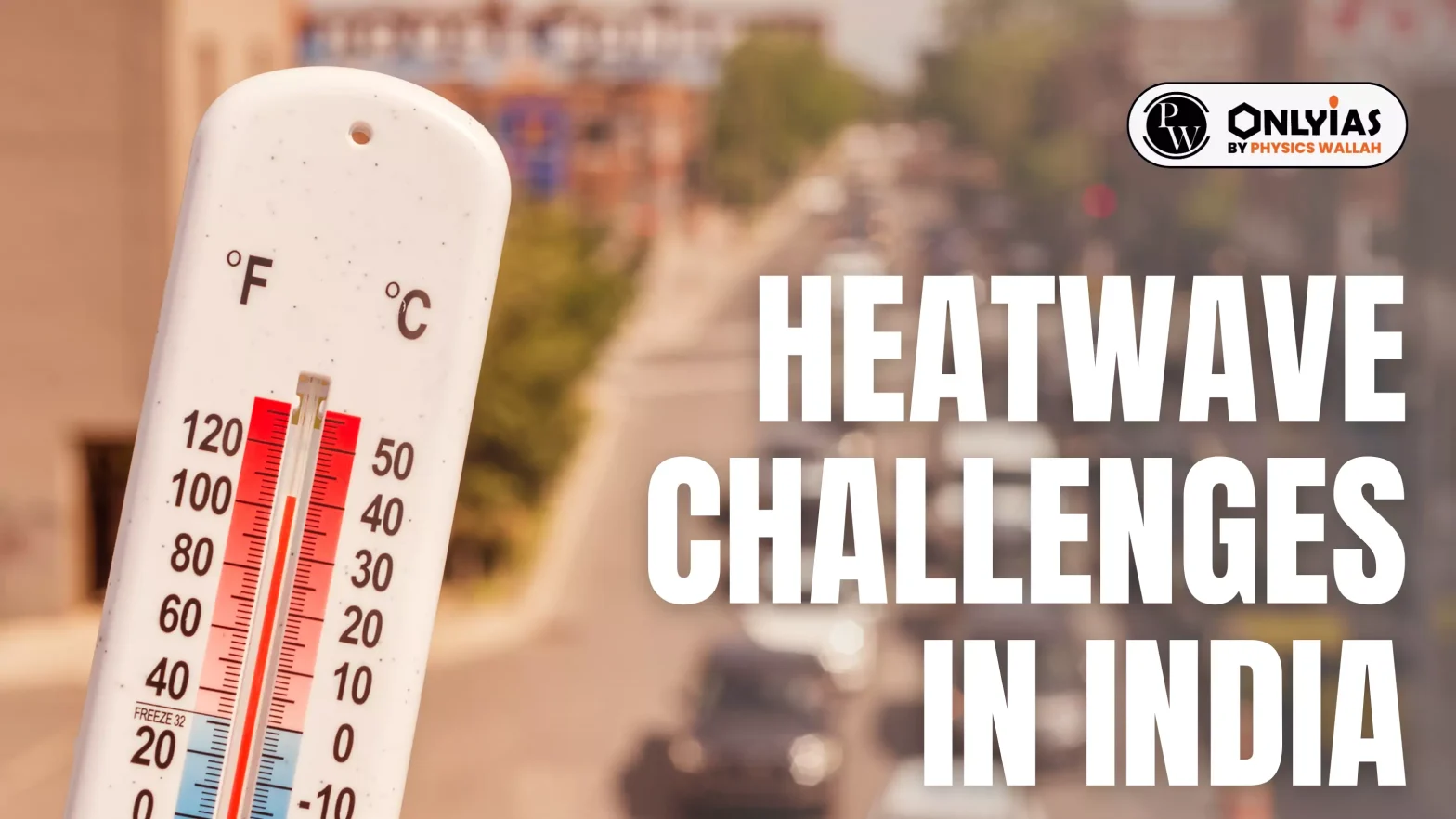![]() 22 May 2024
22 May 2024

A large part of the country is grappling with heatwaves and the consequent threat to public health and productivity can be severe.
Risk of heatwaves expected to grow exponentially thus India must adapt faster to mitigate heatwave impacts.
| Must Read | |
| NCERT Notes For UPSC | UPSC Daily Current Affairs |
| UPSC Blogs | UPSC Daily Editorials |
| Daily Current Affairs Quiz | Daily Main Answer Writing |
| UPSC Mains Previous Year Papers | UPSC Test Series 2024 |

<div class="new-fform">
</div>